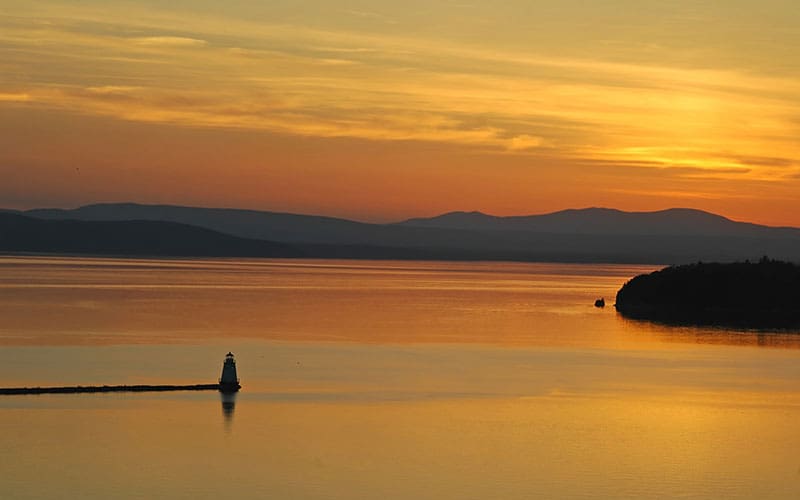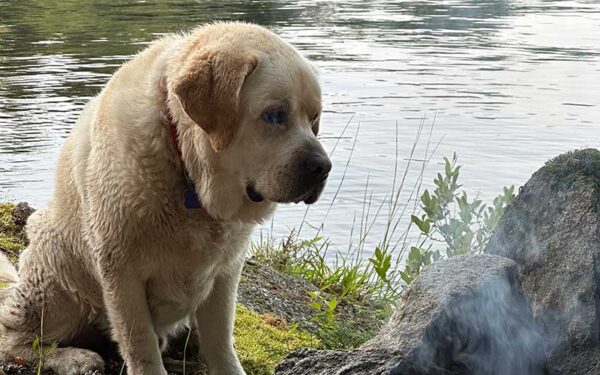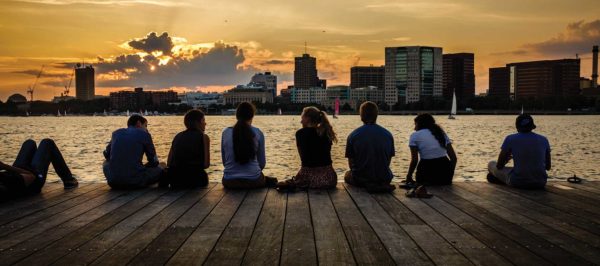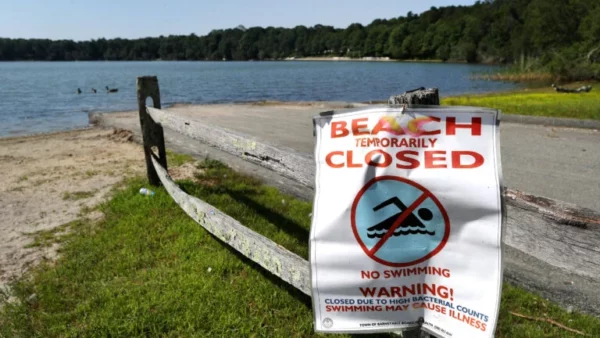
The Problem
When it comes to clean water in New England, two big challenges stand in the way. The first, nutrient pollution, is choking some of our most iconic waterways, from Lake Champlain to Great Bay to Cape Cod. The second, stormwater runoff, is the primary source of pollution for 13 percent of all rivers, 18 percent of all lakes, and 22 percent of all estuaries, according to the National Research Council. The origins of both are easy to trace – in the first case, fertilizer runoff from agriculture and lawns, animal waste from factory farms, and improperly treated sewage; in the second, our glut of paved surfaces, off of which stormwater – along with dirt, heavy metals, chemicals, and other pollutants – gushes into our rivers, lakes, and bays.
CLF in Action
For decades, CLF has worked to answer both challenges by pushing local and state governments and the Environmental Protection Agency (EPA) to enforce clean water laws. CLF has led the way in using a little-known provision of the Clean Water Act, Residual Designation Authority, to hold all polluters accountable for their damage to local waterways – damage for which municipalities and taxpayers currently foot much of the bill. CLF has pushed for enforceable limits to pollution on Lake Champlain and challenged EPA regulators for not requiring Clean Water Act permits for Cape Cod septic systems, which are fouling the Cape’s bays with nitrogen pollution. And, the organization has loudly and diligently pushed for EPA to force consideration of climate impacts in pollution control plans for Lake Champlain and Cape Cod – with the goal that this will lead to national policy to address this growing threat.
Progress
Earlier this year, after years of legal battles to force the clean up of Lake Champlain, EPA started the process to set new mandatory pollution control targets for the lake – a critical juncture as the State of Vermont has previously delayed and resisted implementing such targets. CLF’s work on Cape Cod also reached a critical milestone this fall with the settlement of a case against EPA for its lax regulation of septic system pollution.
The settlement ensures judicial oversight and accountability in the updating and implementation of a regional wastewater management plan. This update – the first in more than 25 years – was spurred by CLF’s lawsuits and is a key step towards cleaning up the Cape’s ailing waters.
Next Steps
CLF will diligently track the progress of the clean up efforts on Lake Champlain and Cape Cod. At the same time, the organization has now set its sights on two of Rhode Island’s most impaired waterbodies: First Beach on Aquidneck Island and Mashapaug Pond in South Providence. Plagued by unchecked stormwater pollution, Mashapaug Pond has been closed to swimming and fishing for years, while First Beach often faces state-imposed closures due to high bacteria levels after heavy rainfall.
EPA recognizes that the water quality of both waterways is unacceptable and has even identified the sources of the pollution. But the agency has failed to require those polluters to clean up their contaminated runoff. CLF will work to ensure that these waterbodies – and the people, wildlife, and communities that depend on them – can soon be on the road to recovery.



